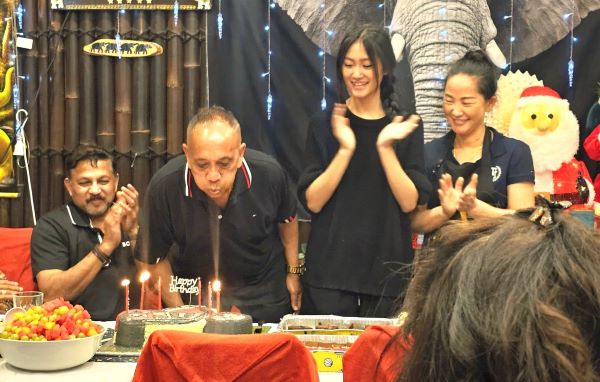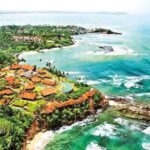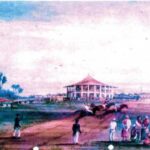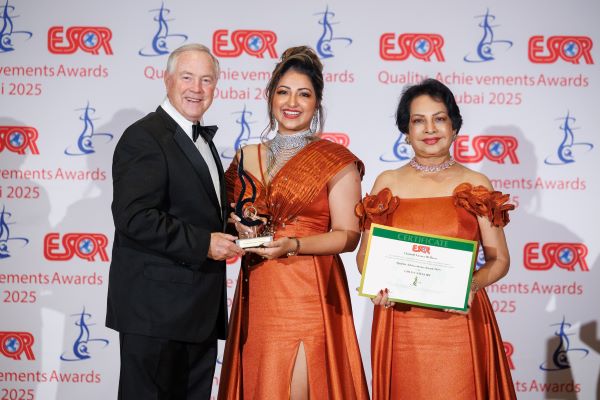Dutch colonial architecture in Matara- BY MAHIL WIJESINGHE
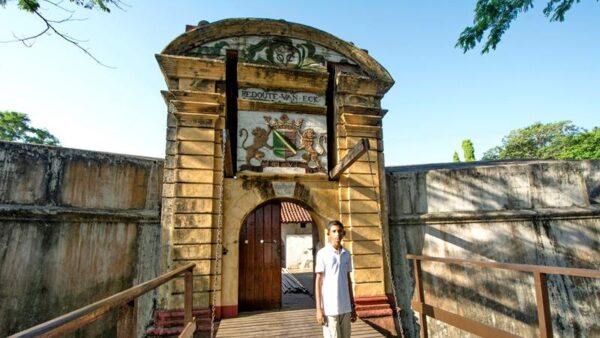
The front view of six-pointed Star Fort in Matara
Source:Sundayobserver

The easiest way to get to Matara is by the Southern Expressway. The new road greatly shortens the driving time of six and a half hours to one and a half hours. The expressway runs inland, well away from the scenic coastal highway known as Galle Road that links Colombo with the Southern cities of Hikkaduwa, Galle and Matara.
We drove South on the Southern Expressway last month, visited several fascinating places during our three- day journey, and finally to Matara, where the end of the Southern Expressway and the beginning of the new extension of the railway track to Kataragama, is a bustling town whose main streets are like canyon formed by concrete structured shops, offices and banks.
A quaint little Dutch period town with extraordinary colonial and contemporary architecture, Matara is the gateway to Ruhuna – one of the well-known and most fascinating regions of Sri Lanka. This Southern territory was a cradle of Sinhala civilisation, where autonomous Kingdoms flourished for centuries before the Portuguese, Dutch and British onslaught. Indeed, the South has been blessed with many of her heroes, including champion warrior King Dutugemunu, who in 161 BC first unified the country.
European powers
The Dutch were the second of the three European powers whose presence had far-reaching effects on Sri Lankan life and culture. The Dutch involvement began in 1602 when Admiral Joris van Spilbergen landed on the island’s East coast near Batticaloa and trekked to the interior to meet the King of Kandy to promote trade in the famed cinnamon, pepper and other spices, elephants and pearls.

By the middle of the 17th century, the Dutch had ousted the Portuguese from the coastal regions of the island, and the Dutch United East India Company VOC (Vereenigde Oost-Indische Compagnie) ruled until the arrival of the British in 1796.
In the midst of Matara’s burgeoning town rests the Dutch built Star Fort and another ancient Dutch building which looks like a medieval building of England with its tiled, pitched roof, three tiny conical towers and gabled entrance that once housed the town’s market, known as the Old Dutch Trade Centre – Nupe Market, where our destination was, in the heart of Matara.
Under the heat of the scorching rays of the sun, we strolled the narrow streets, enraptured by the wonderful and unfamiliar sights that unfolded before us. Pedestrians hurried by, absorbed in their own world, turning a blind eye to us. However, for us, the Star Fort and Old Dutch Trade Centre (Nupe Market) with its glorious history and aged structures represented sights to behold.

Little remains of the Matara Fort except the archway and part of its walls separating the old section of Matara. This Dutch built Fort now accommodates different Government buildings. But, the high point of attraction was to be the Star Fort that lies a little distance away from the Matara Fort, a small pentagonal structure which is well-maintained by the Department of Archaeology.
It is a Dutch legacy. The Matara Star Fort was built in the late 1700s. After the Matara Rebellion in 1762, the Star Fort was built to address the lack of protection for the Matara Fort. As a result of the rebellion, which exposed the vulnerability of the Dutch defences, Matara was reinforced by the erection of the Star Fort, standing on the West bank of the Nilwala Ganga.
Star Fort
The Star Fort derived its name from its shape as it was constructed in the shape of a six-pointed star. Construction work on the structure is believed to have started around 1763 and completed in 1765 by Baron van Eck, the Dutch Governor who invaded the Kingdom of Kandy in 1765. The Star Fort was used to house a small garrison of Dutch troops. The Star Fort was the last major defensive work built by the VOC in Sri Lanka. In 1796, the Star Fort fell into the hands of the British and during the period, the fort was maintained as a residence for British government officials.

The attractive gateway is still preserved and is a splendid example of Dutch colonial architecture. A semi-circular ‘frame’ ornamented with the VOC initials forms the top portion of the archway, which is supported on either side by two square pillars. Captioned centrally beneath this is the name of the fort, Redoubt van Eck. Immediately below, there is a plaque with van Eck’s elegant coat-of-arms, flanked by two lions that adorn the Star Fort’s gateway.
All the compartments of the fort are intact: where the soldiers slept, the windowless rooms for prisoners, a deep well built inside the fort and the ramparts with their cannon stations. The moat which surrounded the Fort was renovated and now filled with water and a drawbridge was installed in the entrance.
In 1980, the Fort was taken over by the Department of Archaeology. Today, the Star Fort is attracted by local and foreign visitors, and is now being utilised as the archaeological museum of Matara.
Returning to the town centre, we finally reached the Old Dutch Trade Centre (Nupe Market), a T-shaped structure at the busy Wilmot Balasuriya Mawatha (Nupe junction) opposite the Matara – Akuressa Road. The impressive heritage building of the Nupe Market captured our attention and we were overwhelmed. Since it is a prominent landmark in Matara today, the building looks like something from a typical house of a medieval countryside of England.
The origin of the building is somewhat debatable. Some historians claim it was built around 1775 by the Dutch and is one of the oldest Dutch surviving buildings.
Old Dutch Trade Centre
The noticeboard erected by the Department of Archaeology at the site also mentions it as an Old Dutch Trade Centre. Others claim that it was constructed during the early British period. Perhaps, the British may have renovated an old building.
However, one of the most interesting architectural features of the building is the use of Kandyan period tiles of ‘Peti Ulu’ in its roof construction. Open on all sides, the supporting wooden frame of the clay tiled roof is elaborate and edged with lavish latticework. These wooden frames supported by massive white-washed decorated columns are typical of the British period. The floor decorated with plain brownish rough floor-tiles is T-shaped with the upper bars of the T facing the highway and pointing towards the entrance. Archaeologists believe that one wing would have been for the vegetable market, and the other for meat and fish.
Going deeper into the structure, we encountered many old columns. In between these columns was the once grand market that belonged to the Dutch merchants who made flourishing business. As the years passed from the British time, this spacious and fascinating Nupe Market fell into disuse. In 1980, when the Department of Archaeology had taken over the functions of restoring the building, a portion of it had collapsed due to neglect.
The Nupe Market is now empty but not abandoned – there is a small kiosk that sells books on heritage of Sri Lanka by the Department of Archaeology that runs its office in a corner of a separate building in the premises of the Market and conserves it as the Dutch heritage monument in the country by the Department. The Dutch legacy of Star Fort and the magnificent edifice of Nupe Market are fascinating sights to look out for, in the country.



